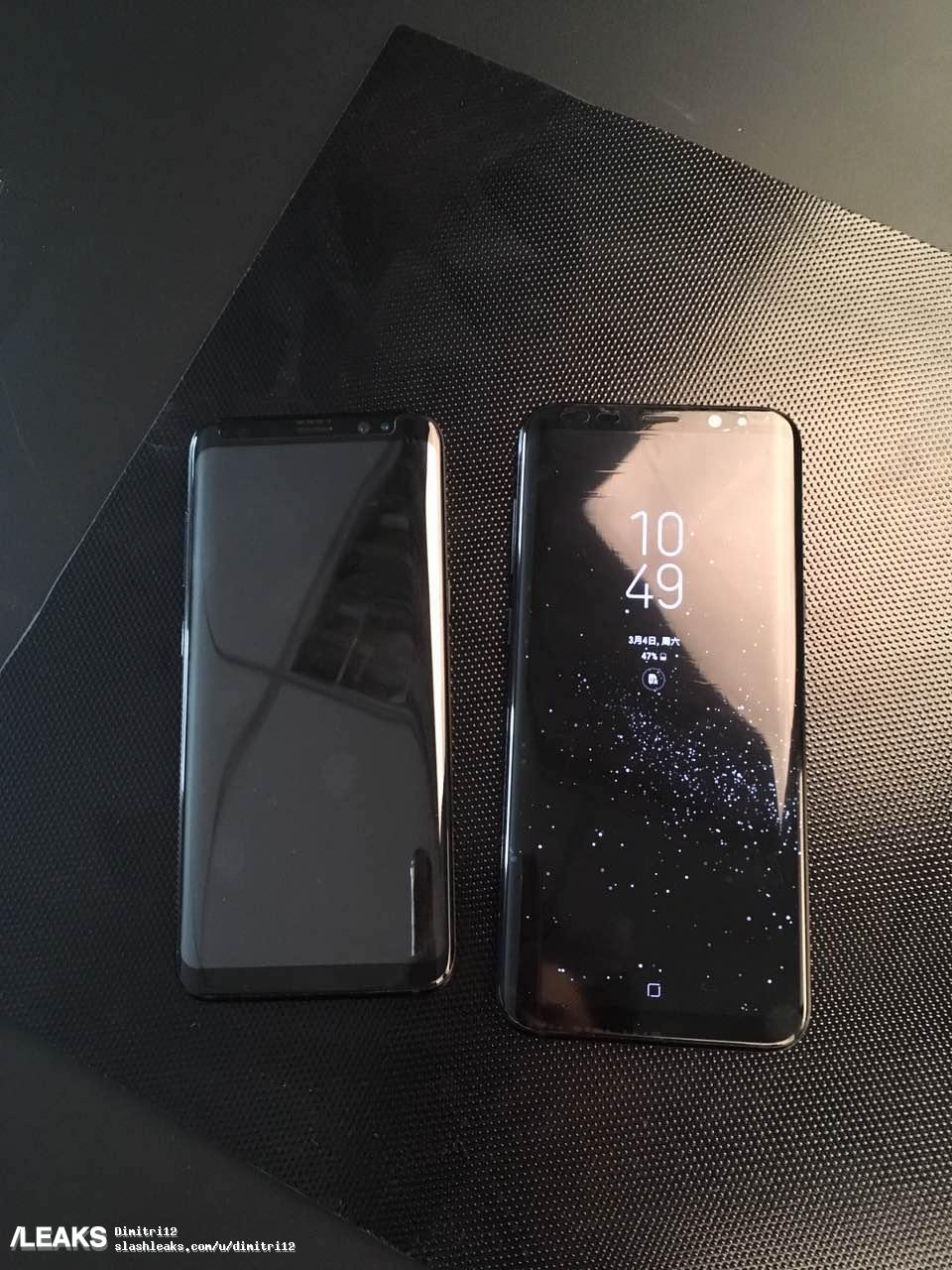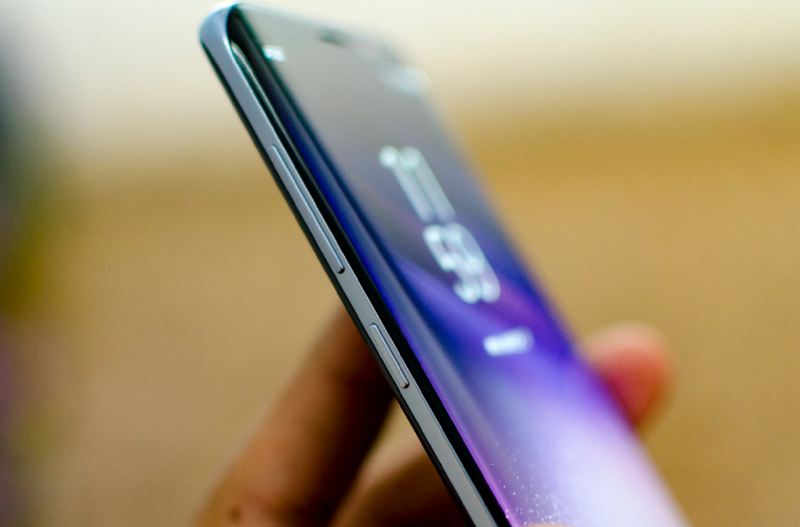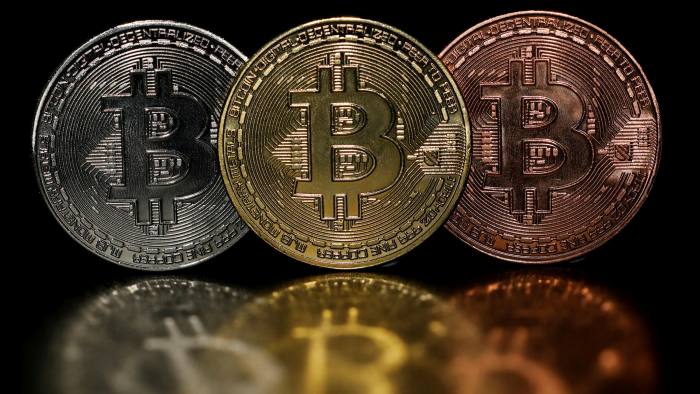Search result

For the first time ever, Samsung has removed its iconic physical Home button from the bottom of a smartphone manufactured by them, i.e. the Galaxy S8 (and the S8+). What does that mean for you as a user?
No Fingerprint Scanner in Front
The rather awkward position of the rear-mounted fingerprint scanner on the two S8 smartphones is a result of the physical Home button being replaced by the virtual on-screen one. While Samsung should have definitely placed the fingerprint scanner in the middle of the back, it would have been better if they simply opted for an under-the-screen ultrasonic scanner instead.
Less Screen Real Estate
For the first time ever, the display on the smartphones will have to sacrifice a bit of screen space at the bottom to make room for the on-screen buttons. Although, given the extra-long nature of the two displays, that shouldn't really be a problem.
Pressure Sensitivity
The Home button, capacitive as it maybe, is pressure sensitive by nature. What it means is that you can now touch it to feel a vibration or tactile feedback, not unlike what we are used to seeing on the latest iPhones. Also, a bit more pressure or "hard pressing" as Samsung calls it may bring up more options.
The move was made to make way for the near bezel-less design that Samsung is going for with the S8 and the S8+ and it seems like a good one, even though there might be a few problems here and there. Even the Samsung logo was moved to the back, which actually makes the infinity display look even better.
Saikat Kar (tech-enthusiast)

The Korean manufacturer had us all excited by highlighting some of what Bixby would be able to do once it comes out with the Galaxy S8 and S8+. However, it was not meant to be so. After so much marketing, as it stands now, Bixby isn't ready yet! Anyone who will buy the Galaxy S8 or S8+ will only get limited functionality from the AI assistant, which will not even include voice commands. They will hopefully be added soon via OTA updates, but it is an incomplete piece of software right now and the dedicated hardware button on the device's side is a disappointing reminder of that fact.
When members of the XDA Developer's Community released an app which lets you remap the Bixby button without rooting the device, most of us were quite happy. However, that was not something that Samsung liked much and via an OTA update, they have made sure that Bixby continues to remain tied to that button unless you decide to root your S8 or S8+. If there is still any doubt in your mind whether or not it was intentional, know that it was. A Tweet from an official representative of Samsung confirmed that little detail. How does it make you feel to know that Samsung won't let you remap a dedicated hardware button for a service that isn't even fully functional yet? Personally, I would have preferred to remap the button to be the shutter key and as a camera shortcut.
Saikat Kar (tech-enthusiast)

From the creation of the world wide web to where the digital world is at now, the transformation has been incredible. The accessibility of technology has enhanced the digitalization of payment with finance no longer restricted to cash and the cheque book.
The digitalization of payment can be seen most pertinently in the rise of online gambling. With digital payments now completing transactions in seconds, the global online gambling market is expected to hit $94 billion of value by 2024 - double the current market size. A quick financial transaction for the best sports betting usa sites that are available at the touch of a fingertip from the comfort of your own home has ensured that the number of online bettors continues to ascend.
Indeed, an Online Casino Reports study in 2016 found that leading online casino and sports betting sites like www.oddshunter.ca were receiving almost 2000 visitors per day with hard cash no longer an issue.
This infiltration of technology and digital payments into everyday life has increased the likelihood of a cashless world as digital takes over the world of finance. But, just how has it done this?
The original and modern internets
Although stating the obvious, digital payments can only occur when there is an internet connection. It was 1969 and the creation of ARPANET (Advanced Research Projects Agency Network) that set the ball rolling for the modern internet. It was the first time that the TCP/IP protocol suite had been used.
Though revolutionary, it hardly set the world alight and so it was up to Sir Tim Berners-Lee to develop the World Wide Web twenty years later. Hyperlinks were merged with web pages and sites that made digital payments realistic.
Online payments with eservices
Online payment services began with an important if troublesome development in 1994. The Stanford Federal Credit Union developed an online internet banking system - the first of its kind - yet it failed to hit the mark with the ordinary man in the street. Specific knowledge of data transfer protocol was needed, making the service difficult to use.
The 1990s, however, played an essential role in the rise of epayments. The likes of Millicent, ECash and CyberCoin began to provide ecash, digital tokens or tokens as cash alternatives in an attempt to digitalize payment. Ecommerce mogul Jeff Bezos created Amazon in 1994 too.
Paypal and Apple Pay
Now a frontrunner in epayment, Paypal has only been around since 1999. It took the service a while to get going, but once ebay users latched on to its ease of payment methods, Paypal usage rocketed. Different currencies and methods to reduce fraud have reinforced Paypal's superb reputation, and, as a result of its enormous growth, the service was given an EU banking license in 2007.
Even then though, digital payment is forever adapting and morphing into new and exciting projects. Apple Pay, launched in autumn 2014, allows iPhone users to scan their fingerprint to purchase goods. Google and Amazon have also made huge strides by improving wallet functionality and the ability to gamble online.
Where the future of payment lies
It's often described as a complicated service, but Bitcoin seems to be where digital payment is heading. Its creation in 2009 saw something important finally be realized: the success of a decentralized finance currency doubling spending in the absence of a central server or trusted body. Bitcoin thus took epayment into previously uncharted territory, and can certainly be considered as the future of digital payment.
Digital payments have come a long way since the Stanford Federal Credit Union's attempts to found an online banking system in the early 1990s. But, the development of the modern internet and the consistent evolution of epayment services from Paypal to Apple Pay to now cryptocurrency, means a cashless society is no longer a fantasy. In fact, if bitcoin and the like continue their rapid growth, it could be a lot sooner than what most people think.
© 2023 YouMobile Inc. All rights reserved






